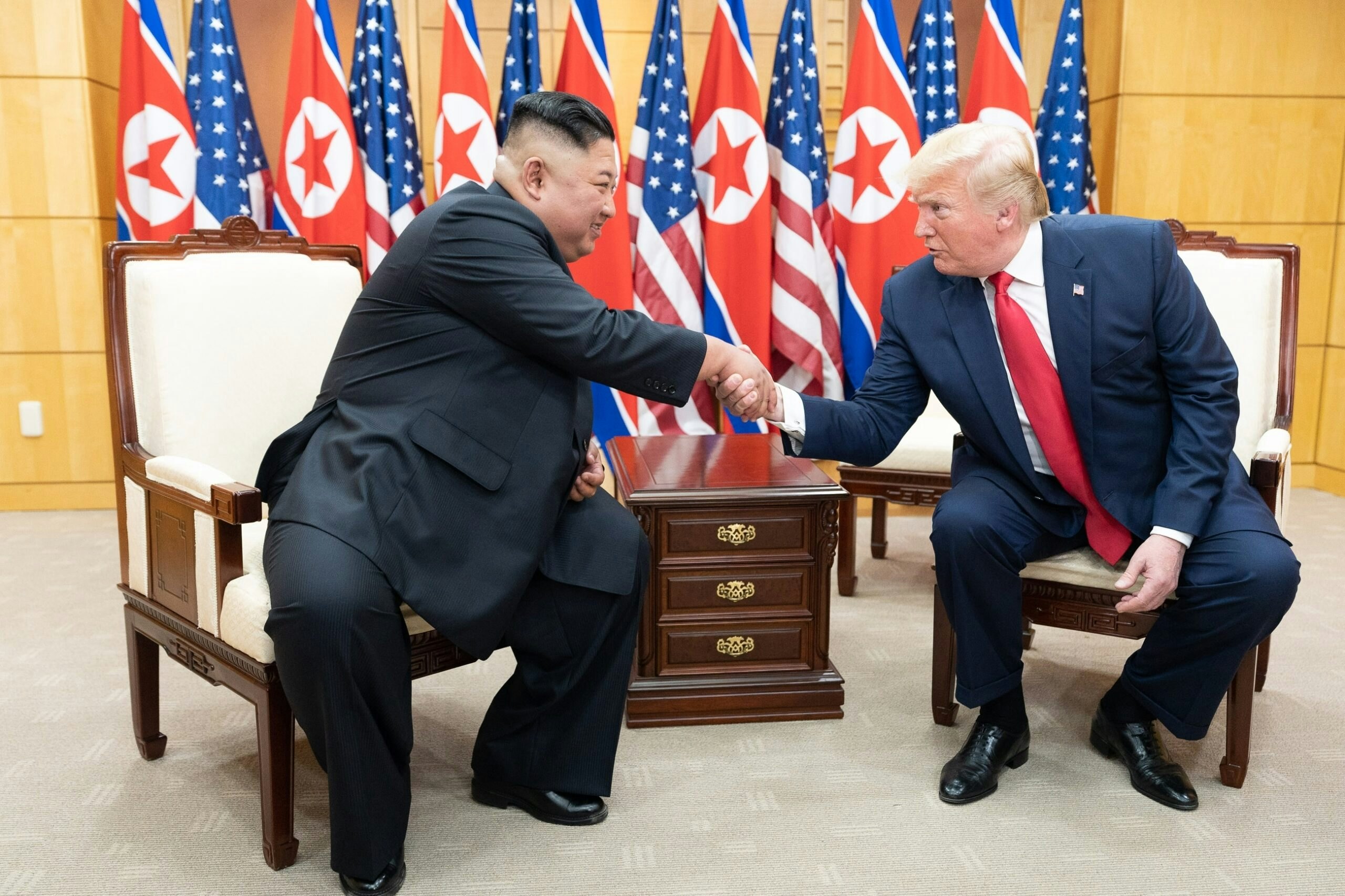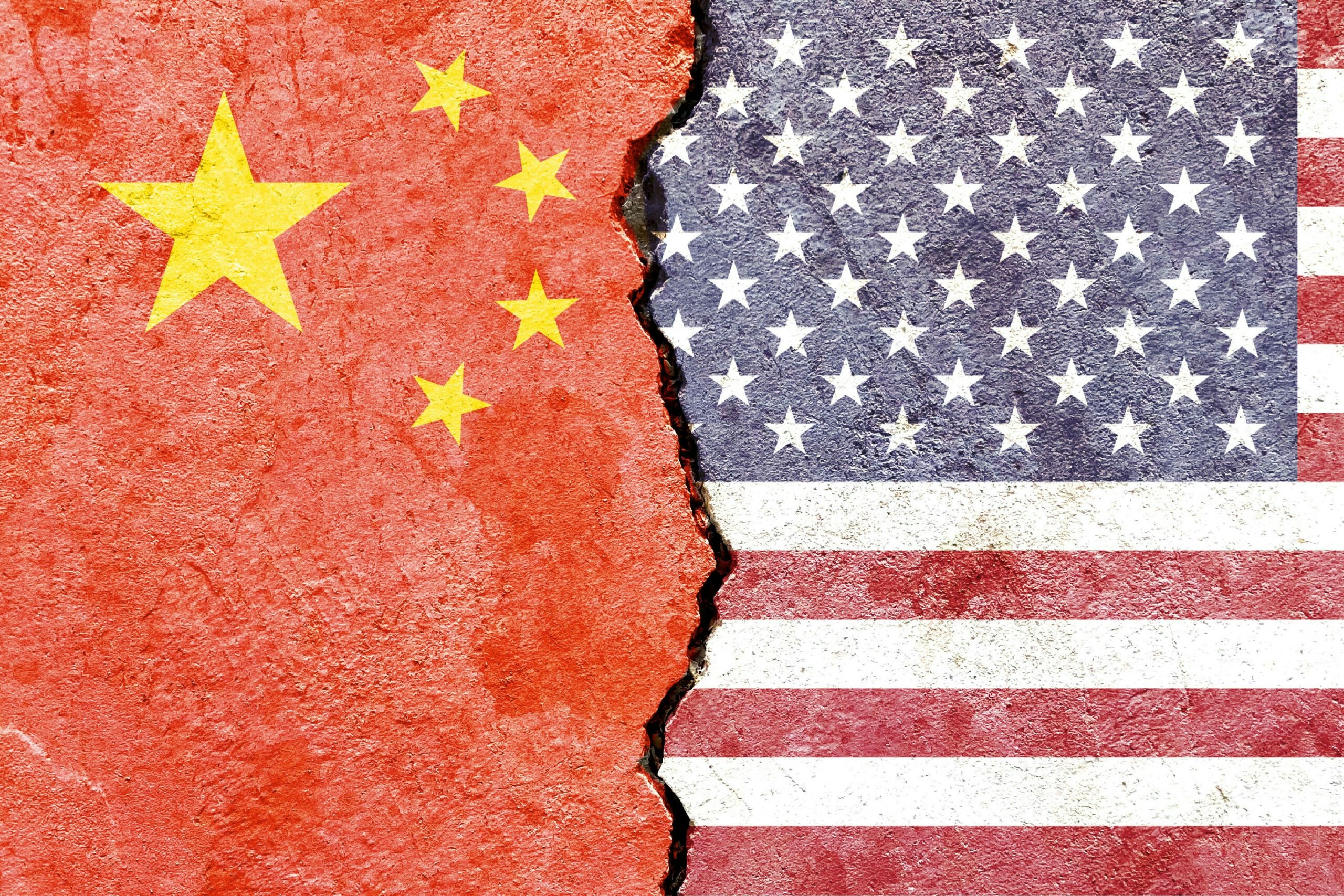As the Dalai Lama’s 90th birthday approaches in July, American officials should mark the occasion by undertaking a comprehensive review of Tibet policy.
If they do, they will discover that America has repeatedly subordinated Tibet to China based on perceptions of strategic interest that no longer exist. Washington’s deference to Beijing over Tibet has emboldened China in projecting its aggression and influence around the world.
Washington had little involvement in Tibet until after China’s last empire collapsed in 1911. Although Tibet “was a part of empires in the past that were centered in China … Tibet was never part of a country called China, never became a Chinese province, was de facto independent in the first half of the 20th century, and was not directly ruled by Beijing until the 1950s,” Robert Barnett wrote.
Chiang Kai-shek, the leader of China’s Nationalist government and America’s ally in World War II, maintained an unrealistic ambition to reclaim lost imperial territories. Washington didn’t wish to undermine him, even though American officials knew he exerted no authority and they themselves regarded Tibet as de facto independent. The United States continued to recognize Chiang, the Republic of China government, and its claim to Tibet after Chiang fled to Taiwan in 1949.
Communist China invaded Tibet in the 1950s forcing the Dalai Lama into exile in India in 1959. From there, he has preserved Tibetan religion and culture and led the democratization of Tibet’s theocratic government. He transferred his political power to an elected prime minister in 2011.
President Nixon dramatically changed American policy toward China and Tibet with the opening to Beijing in 1972. (A small program of support for Tibetan rebels resisting the People’s Republic of China’s occupation had already ended.) President Jimmy Carter normalized relations with the PRC in 1979, abruptly severing diplomatic relations with the Republic of China, by then ruled by Chiang’s son, Chiang Ching-kuo.
While visiting Beijing that year, Vice President Walter Mondale promised Deng Xiaoping “our position, whenever asked, is that Tibet is part of China.” The Dalai Lama would henceforth be received “as a religious figure, not a political leader.”
“Up to that point, we had never explicitly stated that Tibet was part of China,” according to the diplomat J. Stapleton Roy. Effectively, the United States transferred its deference from the Republic of China, an authoritarian dictatorship that never exerted authority in Tibet, to the People’s Republic of China, a totalitarian regime that invaded and subjugated it.
Since then, deferring to China’s sovereignty, America’s policy on Tibet has focused chiefly on addressing China’s human and religious rights abuses and supporting a “dialogue” between Chinese leaders and the Tibetan leadership, albeit with little to show for it. As Tenzin Dorjee, senior researcher at the Tibet Action Institute told me, the support Tibet has received so far “has been valuable, but it doesn’t impose a cost on China. It doesn’t refute China’s claims and it doesn’t delegitimize China’s rule in Tibet.”
For its part, Beijing has expanded its Tibet agenda. It has projected its influence and force across Tibet’s former borders with its neighbors. Beijing has pressured Nepal to end its hospitality to Tibetan refugees, and Chinese security forces operate in the country. Beijing has annexed parts of Bhutan and built villages there. Incursions by the People’s Liberation Army across the former Tibetan border with India have increased, and Beijing refers to parts of northeast India as “Southern Tibet.”
Beijing’s international agenda for Tibet includes pressure on capitals around the world to isolate the Dalai Lama and the exile government and to accept Beijing’s false claims that Tibet has been part of China “since antiquity.”
The Chinese Communist Party has also made clear it intends to appoint an impostor to succeed the Dalai Lama. It has already installed other important lamas and is using them to advance its Tibetan Buddhist sharp power agenda. The Dalai Lama comprehensively rejected any role for China in determining his successor in a 2011 statement.
Tibet’s elected exile government has started challenging China’s lack of historical legitimacy in Tibet. Penpa Tsering, the elected Prime Minister of Tibet’s exiled government, the Central Tibet Administration, told the Financial Times in 2023, “we thought it’s important to change our strategy to focus on the historical status.… Otherwise, there’s no reason for China to come and talk to us.”
The U.S. Congress has taken a step toward reversing America’s deference to Beijing over Tibet. Last year, it passed the Resolve Tibet Act, which establishes U.S. policy in favor of Tibetan self-determination and asserts that Tibet’s “legal status remains undetermined.”
Congress should continue updating Tibet policy to reflect America’s strategic interests today. That includes elevating the status of the CTA through high level contacts with the Tibetan prime minister, government and parliament.
Washington should also counter Chinese disinformation and united front influence efforts distorting Tibet’s history and international status at international organizations, on university campuses and at state and local levels.
At the same time, the U.S. should increase efforts on behalf of Tibetan political prisoners and make their well-being and release a prominent feature of relations with China.
China lacks both historical and democratic legitimacy in Tibet. U.S. policy needs to be revised to acknowledge and act on that essential premise.





























